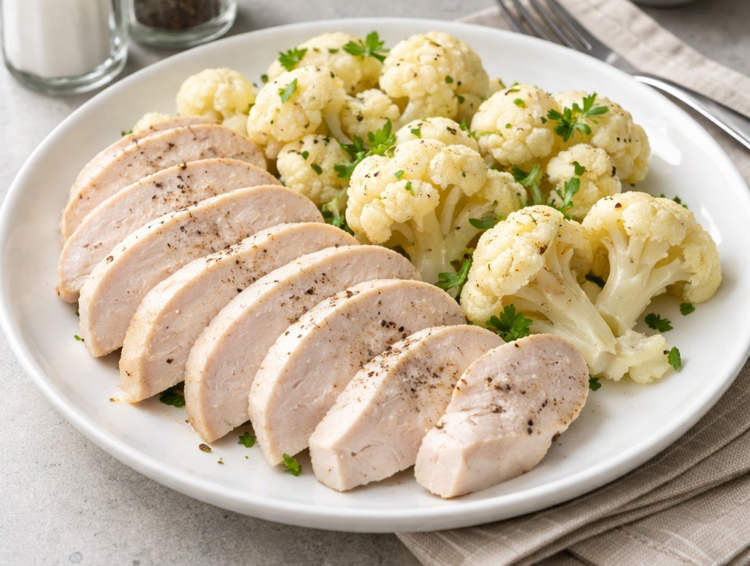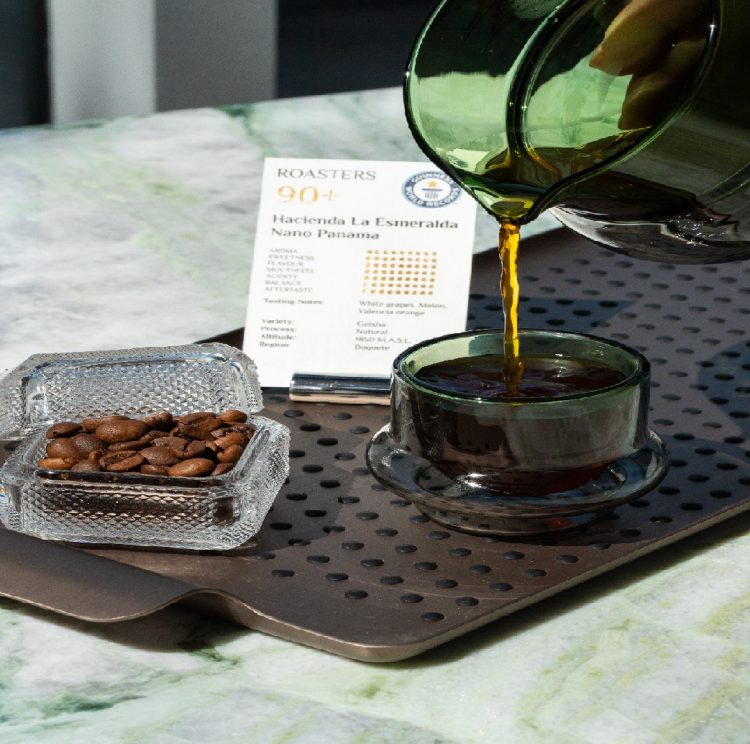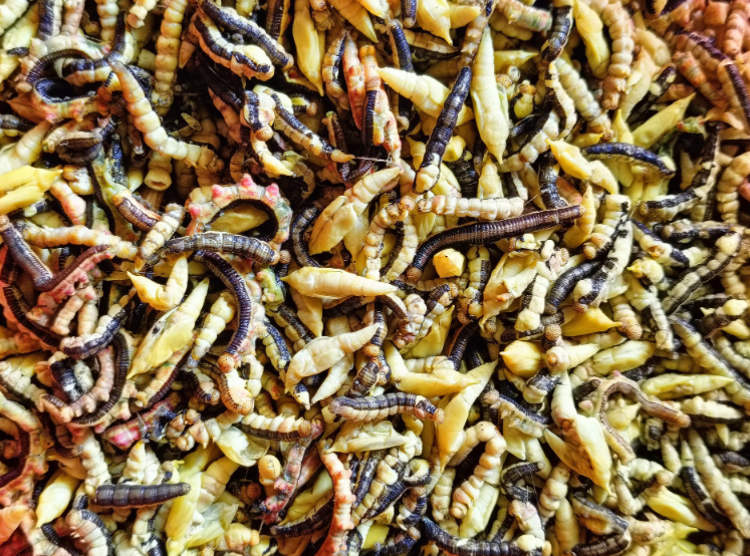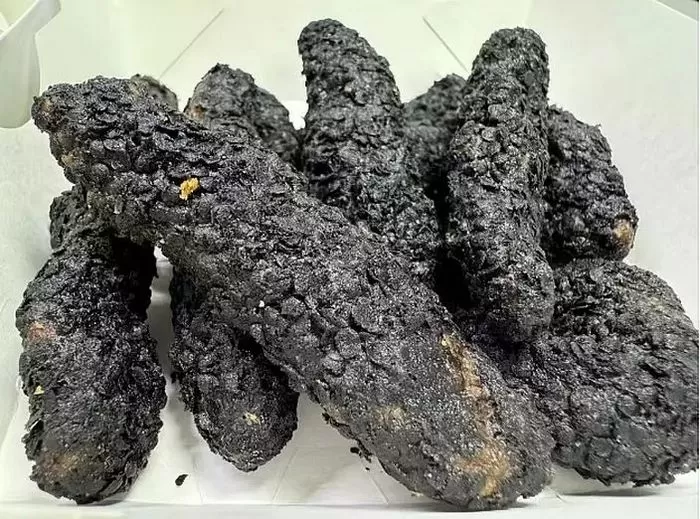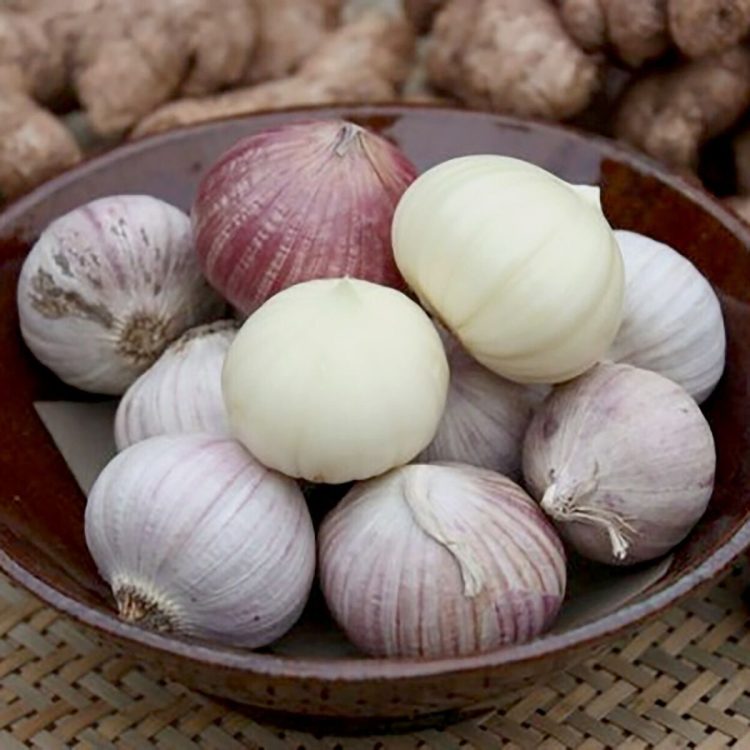Scientists at South Korea’s Yonsei University have created a new type of hybrid rice that not only has a meaty pink color but is also packed with beef protein and fat cells.
Rice is already one of the most nutritious foods available in nature, but thanks to some scientific ‘magic’, it could soon become a viable, sustainable alternative to meat. A team of researchers at the Yonsei University in Seoul, South Korea, managed to create a rice hybrid laced with beef protein and fat cells. The new pink rice has 8 percent more protein and 7 percent more fat than regular rice, and while it doesn’t yet taste like beef, it does carry a “unique blend of aromas, including a slight nuttiness and umami which are characteristic of meat”. Thanks to the integrated animal cells, this new pink rice could one day become a complete meal by itself, ensuring a sufficient, sustainable food supply for the whole world.
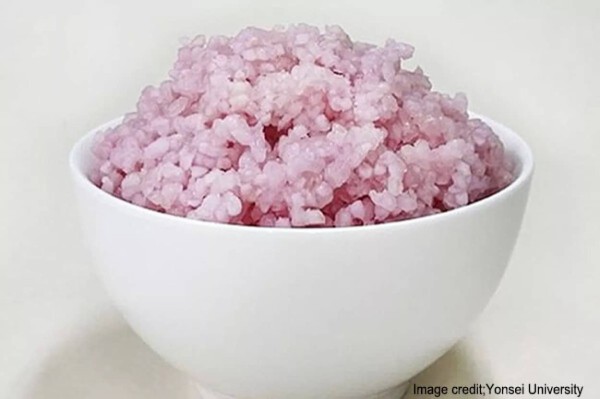
“Imagine obtaining all the nutrients we need from cell-cultured protein rice,” said Park So-hyeon, co-author of the study published in the Matter scientific journal. “Rice already has a high nutrient level, but adding cells from livestock can further boost it.”
So how does one go about infusing rice with beef? Well, knowing that lab-grown cells need artificial scaffolds to create tissue, researchers a Yonsei University decided that the porous nature of rice would make ideal scaffolding. To help the beef cells latch onto the rice grains, the latter were coated in fish gelatin and left to culture in a petri dish for up to 11 days.
The hybrid rice not only had a bright pink color but also contained 8% more protein and 7% more fat than regular rice. The grains are more firm and brittle than natural grains, and when cooked they retain their traditional appearance. While the rice doesn’t really taste like beef yet, it “offers a pleasant and novel flavor experience,” and pairs well with a variety of dishes.
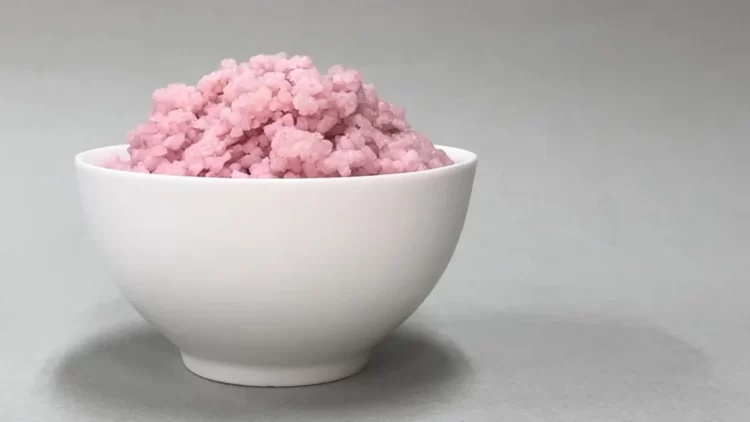
Photo: Yonsei University
For their first experiments, scientists used cells from hanwoo cattle slaughtered at the local abattoir, but in the future, they plan to use sustainable supplies of cells that can be maintained in the lab. They are also exploring the possibility of lacing the rice with other types of meat or fish, in order to cater to different tastes.
For now, the percentage of protein in the hybrid rice is still relatively low. To actually replace meat, researchers would need to increase protein content significantly.

